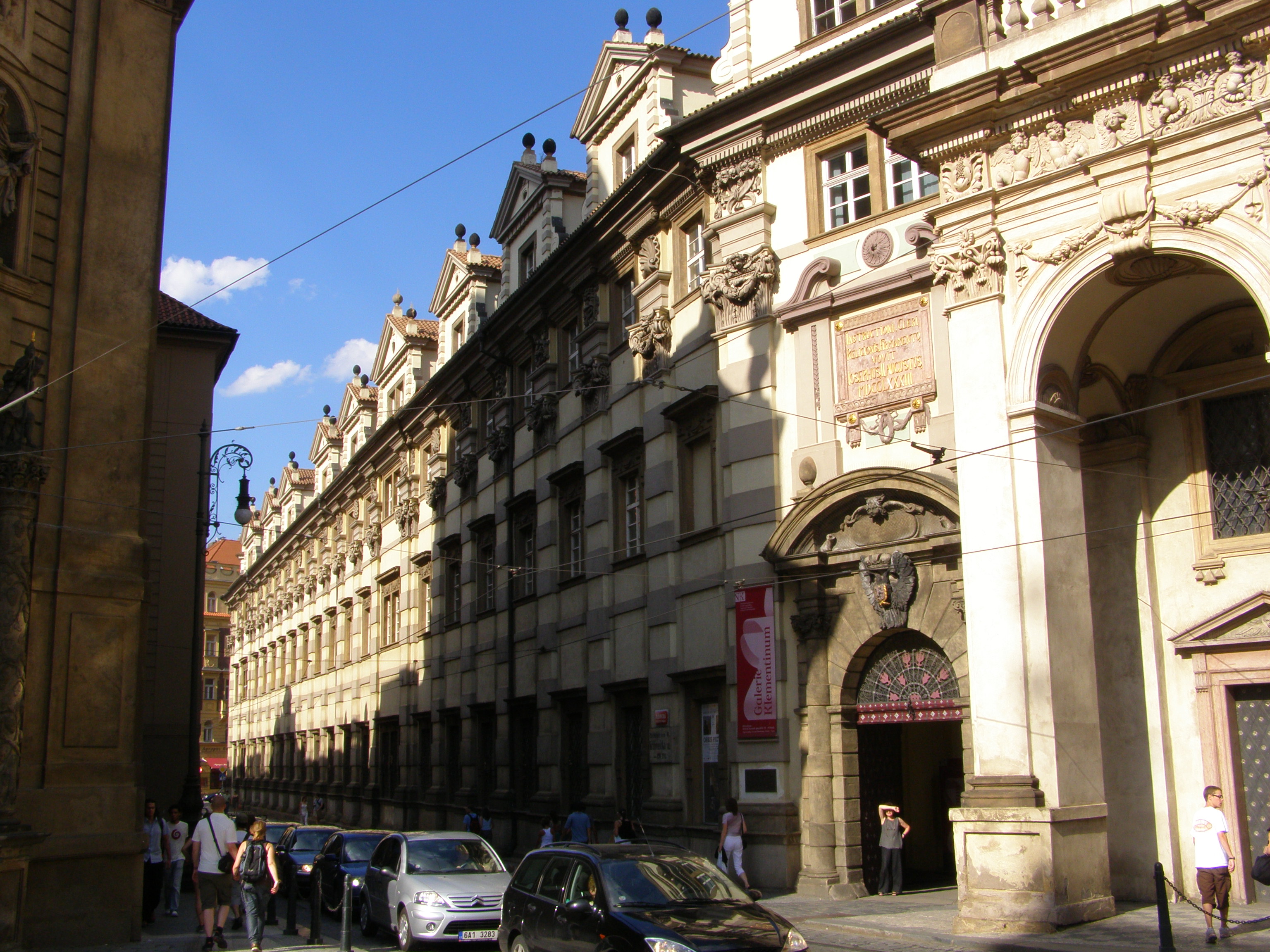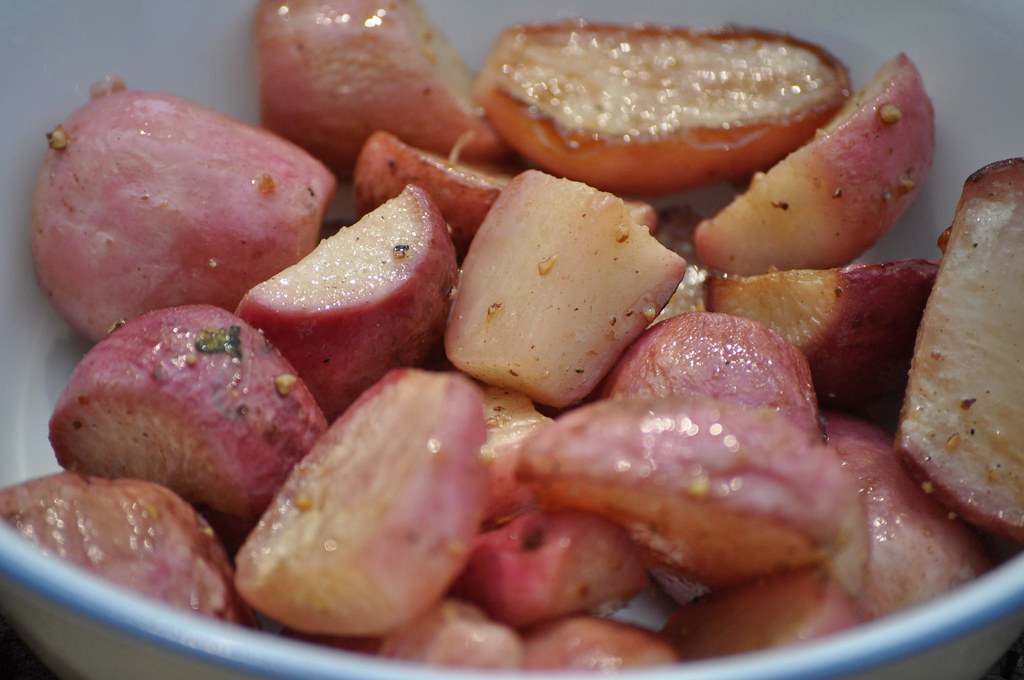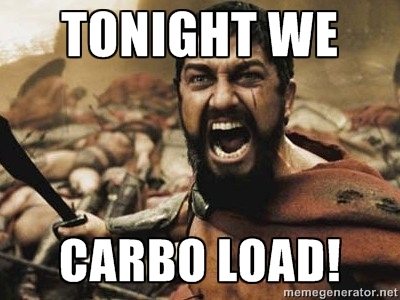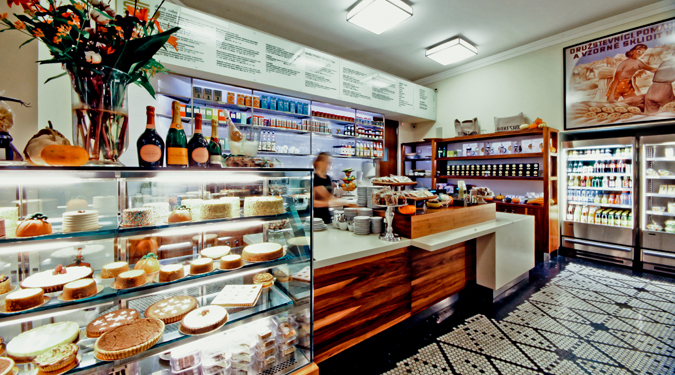Photo Credit: Taste of Prague
Day 7: Lift, Wander, Taste
Our last full day in Prague. How terrible!
We started off with some eggs and Czech granola, and although we were planning to head out to BarBar, Tomas’ gym, we received an email in the morning that Tomas and his wife Lenka were in the hospital, because The Baby is coming!
Congrats to you both, Tomas and Lenka!
Tomas provided a recommendation for a nearby gym, and off to the Palladium we went, for a little workout. We paid a steep guest fee, but it was worth it! All of this beer and bread and meat necessitates picking up some heavy stuff.
After the gym we went back to our apartment for a light lunch. We had the rest of our farmer’s market fare and leftovers, and then headed out to wander around Old Town, New Town, and The Lesser Quarter one more time. Here are a few photos…
At 5:00pm we met Jan (of Jan and Zuzi, Taste of Prague) for the Prague Foodie Tour!
Along with six of our fellow Americans, we proceeded to have a gustatory escapade that rivals any meal we have EVER had!
First of all, Jan is exceptional. Here he is with Zuzi (pics from their website):
Fiance to Zuzi (who I have emailed 34,000 times in the past several months with questions and wonderings), Jan is a professional translator and attorney who executes 9 tours of food PER WEEK for curious, hungry Americans!
Needless to say – he knows his stuff.
The Prague Foodie Tour taught us more about the culture and recent history of Prague than the rest of our week here, all put together. We learned about pre-Communist Czech cuisine, the impact of communism on the food and the people, and the return to traditional Czech cuisine – plus the modern twists – that are becoming popular once again.
Before we begin, I would like to first tell you that I am an adventurous eater (and drinker). I LOVE to try new things and hear about strange and little-known ingredients. So the Foodie Tour was kind of “my thing”, if you will.
Tony, on the other hand, has the tastes and preferences of a nine year old boy (or an American Meathead). He prefers chicken breasts and other cuts of meat that are super-lean and do not at all resemble the animal they once were.
He does not eat seafood.
He is not into sauce or dressing. He does not drink alcohol. So, in short, this entire experience was outside of Tony’s comfort zone…
Our journey began at “Sisters Bistro”, where we tried Chlebicek – an open faced sandwich. This is apparently something you make if you’re having people over, or if you’re brining in a little bite for your co-workers to nosh on during a meeting.
The first had a little celery root remoulade with roast beef atop, accompanied by a little crunchiness sprinkled on top (maybe bacon bits?)
The second was pickled herring with a little radish and wasabi mayo. I thought both were very excellent and well balanced.
And guess what? Tony liked it!
Across the hall from Sister’s was one of my favorites, “Nase Maso”, a butcher shop.
This is an all-natural establishment that prides itself on being preservative and chemical free.
It seems impossible to describe to you the amazing difference between eating meat from a happy animal and our standard American freaks-of-science factory “animals”, but it is really something.
First, and the best, was the meatloaf on a bit of bread, with a pickle. This consisted of “40% fat”, which was probably why it was so fantastic. Then we tried a wiener sausage that was very delicious, followed by headcheese!! (Which was actually kind of nice). Then finally a little pork crackling. See for yourself:
Next, we took a walk to Lokal – a pub fashioned after the standard communist pub in Prague.
Although our guide planned to have us here just after the Czech vs. US ice hockey competition, the game had gone into overtime, and we arrived to a local pub BRIMMING with screaming, enthusiastic Czeck hockey fans!
Luckily the restaurant accommodated us and placed us into a separate room, so that we could hear Jan over the cheering fans.
At Lokal, we enjoyed very traditional yet delicious food, from the “standard” communist recipe list:
First, a bit of pork schnitzel with potato salad, Prague Ham (preservative free and fantastic) with horseradish cream, and then a little Goulash with dumplings.
In addition, we had a beer – dark for the ladies (a Kozel) and light for the men (Pilsner Urquell). These beers also came from the “tank” and were very fresh and preservative free. Take a look:
Not only did I enjoy my beer, but Tony had his ENTIRE BEER! Tony has never drunk a beer before.
I was stunned.
Amazed.
See for yourself!
How could there be more?! Our next stop was a very fabulous, funky wine bar, Bokovka. Here we did not eat (Thank goodness!), but did enjoy tastes of three different Czech wines.
Mostly from Moravia, Czech wines tend to be more delicate, light bodied, and white. We had an “all natural” unfiltered white that tasted more like a cider, a simple “Welch Riesling” (apparently this is most likely a mis-translation, as the real name of the grape means “Walnut-ish tasting Riesling”), and the house red (a Cab).
Tony also tried these (and most liked the Riesling).
Onward!
Maso a Kobliha was our next stop, home of “The Real Meat Society,” which prides itself on raising happy healthy animals that taste delicious.
First – a Scotch egg! If you’ve never had one, they’re amazing in any country… these were extra delicious. We then had a Vanilla Custard Donut (Tony took care of this one for us) and a bit of “craft” IPA. Tony had that too!!
Here we are, enjoying the outdoor seating in the back of the restaurant:
Finally, we hopped on the tram and ventured to Eska restaurant. Walking into a gorgeous open kitchen, we enjoyed a front-row seat at the Chef’s Table and had an exceptional finish to our tasting.
Priding itself on no-waste, this restaurant attempts to utilize all parts of the animal, and all “waste” from the food prep and cooking process. First, we enjoyed a bit of fermented coffee soda – which sounds super weird, but was delicious.
Then, an “amuse bouche” of rabbit pate, and insanely fresh bread with salted, herbed butter
Finally, we had my favorite dish of the night. Wheat berries with wild mushrooms, in a risotto like consistency, with a sous-vide egg. The dairy-eaters on the tour also had burnt potato in ash with potato espuma, while I enjoyed green asparagus with buckwheat chips.
Finally, Tony finished with a Zemlovka – a bread pudding with apples and an espuma of vanilla and rum, while I had fresh asparagus and strawberries in a sweet “salad”.
What a journey!
Special thanks to Zuzi and Jan for planning and executing such a special evening. I highly recommend Taste of Prague and the Foodie Tour to anyone visiting Prague in the future!
We made the journey back home and began to pack for tomorrow’s departure.
We’re sad to leave the apartment. But THRILLED to be heading to Olso, Norway!
Until then,
Lisa (and Tony)
























































 provide any study on this one.
provide any study on this one. In the first article, you saw the influence systemic hydration levels have on performance outcomes, and the high amounts of H2O that is to be stored in our glycogen stores. Any small decrease in hydration (2-3%) has been shown to lead to poorer performance and you absolutely risk this by depleting glycogen stores in your muscles and liver by consuming less carbs.
In the first article, you saw the influence systemic hydration levels have on performance outcomes, and the high amounts of H2O that is to be stored in our glycogen stores. Any small decrease in hydration (2-3%) has been shown to lead to poorer performance and you absolutely risk this by depleting glycogen stores in your muscles and liver by consuming less carbs.






















